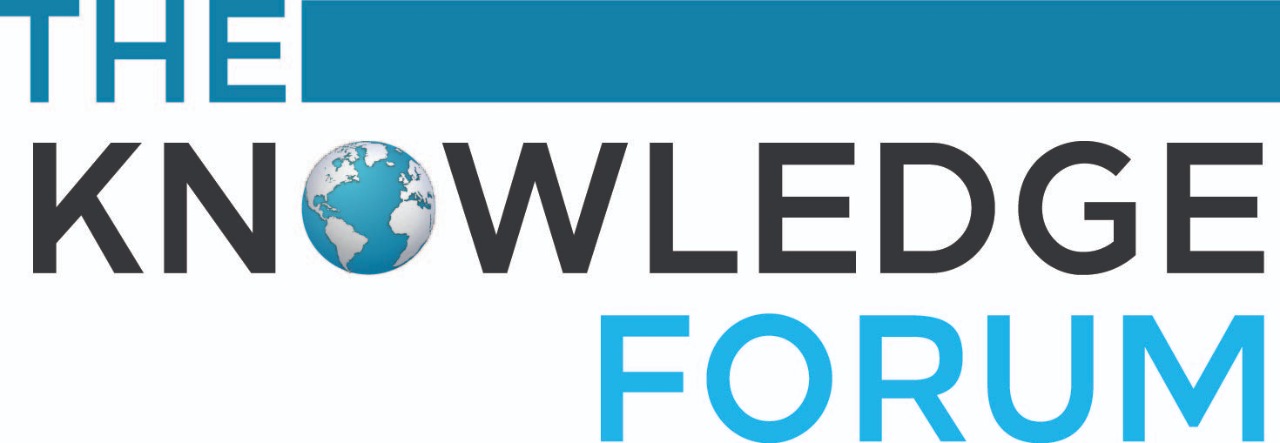Pakistan Bulletin
An up-to-date and informed analyses of key issues of Pakistan.
Pakistan’s Youth Voter Absenteeism Crisis
January 2024
Youth in Pakistan between the ages of 18 and 35 are a demographic that has historically under-participated in elections, yet constitute the largest age group of registered voters.
Pakistan is one of the youngest countries in the world with approximately 68% of its over 250 million population under the age of 30. Young voters between the ages of 18 and 35 constitute the largest age group among all registered voters, according to the Election Commission of Pakistan (ECP). They make up around 43.85% of those who are eligible to vote. However, rather than being empowered to vote, the youth has instead showcased little interest in politics, which is a testament to the health of democracy in the country. Hence, understanding this particular demographic’s perceptions on elections will be a valuable way to gauge the future of democracy in the country.
Elections are at the core of any democratic society, where the ultimate authority rests with the people, who in turn, delegate this authority to elected representatives at various levels. Voter absenteeism represents a deficit in democracy. In Pakistan, the youth is one such group that has historically under-participated in elections. The Pakistan Institute of Legislative Development And Transparency (PILDAT), a research organization covering issues of democracy and public policy, has estimated that the average youth voter turnout of the past eight elections, from 1988 to 2018, has been abysmally low at 31%. In contrast, India’s average youth voter turnout for the same time period is 59%; demonstrating a vast difference in the way elections are being perceived by the youth in the two nations. Since young people make up such a large proportion of overall voters in the country, their lack of participation leads to underrepresentation, as their political opinions may not be reflected in governance, policy-making and political decisions.
This is alarming as why would such a large demographic section forego their ability to alter the political future of the country? This article will highlight the reasons why the youth in Pakistan have not been participating in the elections, and contextualize this sentiment to the upcoming elections in February 2024.
It is alarming as to why such a large demographic section would forgo their ability to alter the political future of the country.
In a survey by the Youth Parliament of Pakistan in April 2022, young voters were asked what they believed the major reasons for lower turnout of the youth in previous elections were. “Poor performance of politicians” was identified as the most common reason cited as to why young people chose not to vote. Growing up around an economic crisis induced by political instability, it seems like the youth of Pakistan have a growing distrust towards public representatives.
Another key cause for the youth’s disillusionment with elections is the poor performance of the Election Commission of Pakistan in the past. In order for just and democratic elections, it is crucial that the governing body, which is the ECP, is just and reliable, which has been proven untrue. Rather, youth perceives the ECP to be biased and unfair, largely because of their targeting of Imran Khan’s PTI.
Another key cause for the youth’s disillusionment with elections is the poor performance of the Election Commission of Pakistan in the past. In order for just and democratic elections, it is crucial that the governing body, which is the ECP, is just and reliable, which has been proven untrue. Rather, youth perceives the ECP to be biased and unfair, largely because of their targeting of Imran Khan’s PTI.
Another survey conducted by PILDAT on respondents between the ages of 18 and 35 was conducted in 2022 where they were asked whether they believed the quality of democracy has declined in Pakistan. It revealed that up to 77.6% respondents believed this to be true. With the unconstitutional delay of the elections, this statistic does not come to anybody’s surprise.
It is increasingly evident that majority of youth wishes political leaders to focus on much needed economic and political reforms due to the longstanding fiscal crisis and rising threat of terrorism and climate change. Instead, what is commonly observed is that the establishment-politicians alliance resorts to power play and confrontational politics in the middle of any major crisis, and ahead of all elections. This was witnessed in 2018 when former thrice elected Prime Minister Nawaz Sharif was the target of the Pakistan establishment’s wrath, and faced political victimization that eventually led the way for rival Imran Khan’s success.
Currently, it is former Prime Minister Imran Khan’s turn who is not only in jail over controversial charges, he is being handed over sentences that are being widely viewed as hasty and excessive, constituting denial of justice. Shortly ahead of the elections, the Supreme Court invoked the constitution to take away the election symbol of Imran Khan’s Pakistan Tehreek Insaf. The party’s political campaign has been repeatedly restricted either by way of banning social media at the time of their rallies or through an open crackdown on their political workers.
It is crucial to note that the cornering of Imran Khan and targeting of his party, the Pakistan Tehreek-e-Insaf, will have a ramifications for youth voter turnout. Imran Khan is popular among young voters, and the relatively increased youth voter turnout in 2018 can be attributed to him. According to a study titled “Political Participation Of Youth In General Elections 2018” by Javed Ali, most of the young voters in the 2018 elections casted their votes in favor of PTI. What made Imran Khan so popular amongst young voters was that he engaged with the youth by claiming to respond to their discontent with democracy.
Youth has the potential to play a role in shaping the country's political landscape. Pakistan’s political parties need to come up with creative ways to engage the youth.
It is also important to note that Imran Khan’s political rhetoric was limited to the urban cities of Pakistan. However, young people have repeatedly expressed support for diverse forms of political struggles and expressions. Young people from the peripheries such as the Baloch have been protesting against state policies of suppressing dissent, recently leading to a successful Long March protest which took place in Islamabad, mainly led by women. Young people are also a part of nationalist movements, and left politics, the latter slowly expanding its presence in electoral politics. Moreover, all the recent major activist actions seen in Climate March, Student March, Aurat March, and movements for housing and eco justice, have been led by young people who are increasingly keen to fight inequalities of gender and impact of climate change. This indicates their interest in political participation on platforms other than strictly electoral.
Around 22 million individuals in Pakistan aged between 18 and 23 are gearing up to vote for the first time in Pakistan’s upcoming 2024 general elections. This sizable group has the potential to play a role in shaping the country’s political landscape, so political parties should exhibit concern on ways to engage the youth. With access to information through social media, the youth of today are much more aware, engaged, and equipped with the tools to make informed decisions. Yet their being empowered to vote is not prioritized by mainstream political parties.
Lastly, irrespective of which party or coalition of parties come to power in upcoming elections, the central question remains: will they be able to respond to the aspirations and anxieties of a burgeoning youth that is both increasingly digitized and disillusioned with the mainstream political system at the same time.
Muneeb Raza and Shanzeh Afzal
Author
Muneeb Raza is a researcher at Tabadlabs. Shanzeh Afzal is a researcher at The Knowledge Forum.

Join Our Mailing List
Get the latest news and updates from our team
